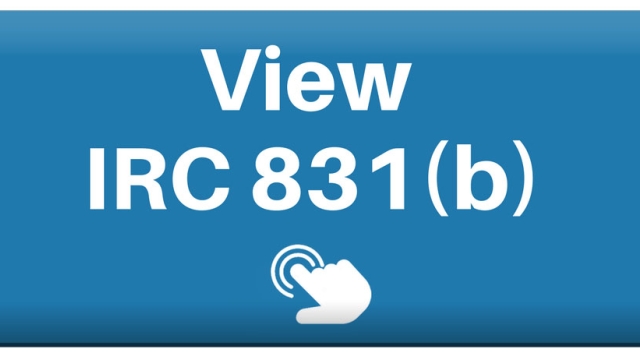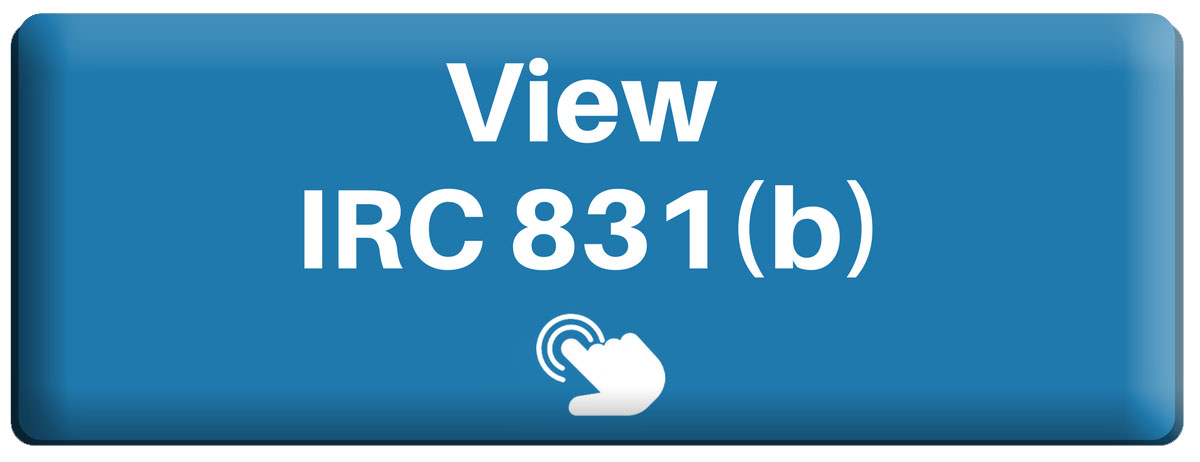Unlocking the Secrets of 831(b): Demystifying a Powerful Tax Strategy
Unlocking the Secrets of 831(b): Demystifying a Powerful Tax Strategy
Are you searching for a game-changing tax strategy that can potentially save you thousands of dollars? Look no further than 831(b). This little-known provision of the IRS tax code has been steadily gaining popularity among astute business owners and financial advisors, who recognize its immense potential for tax savings. In simple terms, 831(b) allows eligible businesses to form their own captive insurance companies, opening up a whole new world of tax benefits.
At its core, a captive insurance company is a subsidiary established by a business to insure itself against various risks. Instead of relying on traditional insurance providers, businesses can set up their own captive insurance companies, providing coverage tailored specifically to their unique needs. And here’s where 831(b) comes into play—this tax provision offers captives with up to $2.3 million (as of 2021) in annual written premiums an irresistible tax exemption.
The implications of 831(b) are staggering. By embracing this tax strategy, businesses gain the ability to deduct the premiums paid to the captive insurance company as legitimate business expenses, significantly reducing their taxable income. Furthermore, the captive insurance company itself is taxed only on its investment income, giving businesses the opportunity to accumulate wealth in a tax-advantaged manner. Little wonder why business owners and savvy accountants are eager to demystify the intricacies of 831(b) and harness its potential.
In this comprehensive guide, we will delve into the inner workings of 831(b), shedding light on the advantages it presents and the requirements businesses must meet to qualify. We will explore the ins and outs of forming a captive insurance company, as well as the various risks businesses can insure against. Additionally, we will address the evolving landscape of 831(b), examining recent changes and the IRS’s increased scrutiny of microcaptives. Join us on this enlightening journey as we unravel the mysteries of 831(b) and empower you to make informed decisions about this powerful tax strategy.
Understanding 831(b) and its Benefits
Captive insurance has gained significant attention in recent years, and one key aspect of this strategy is the utilization of the 831(b) tax code. This tax code provides unique benefits to businesses, allowing them to create their own insurance company known as a microcaptive. By understanding the intricacies of 831(b) and its advantages, businesses can unlock powerful tax-saving opportunities.
The IRS 831(b) tax code allows qualifying small insurance companies to enjoy certain tax exemptions, making it an enticing option for many businesses. One of the primary benefits is the ability to receive tax-free premiums up to a specified limit. This means that businesses can set up their microcaptive and collect insurance premiums without immediately being subject to taxation. As a result, this can provide valuable financial flexibility and enable businesses to allocate funds towards future growth and risk management.
In addition to the tax advantages, utilizing 831(b) can also offer businesses greater control over their insurance needs. By establishing a captive insurance company, businesses can tailor their coverage to meet their specific requirements, rather than relying solely on traditional insurance providers. This allows for customized policies, improved risk mitigation strategies, and potentially reduced costs in the long run.
Another significant benefit of 831(b) is the potential for asset protection. By setting up a microcaptive, businesses can segregate their assets and protect them from potential claims and litigation. This not only helps shield valuable company assets but also provides an additional layer of protection for business owners and stakeholders.
Understanding the benefits of 831(b) is crucial for businesses looking to optimize their tax planning and insurance strategies. By leveraging this powerful tax code, businesses can create captive insurance companies, enjoy tax exemptions, customize their coverage, and safeguard their assets. It is important, however, for businesses to consult with tax professionals and ensure compliance with IRS regulations before implementing this strategy.
The Role of Captive Insurance in a Microcaptive
Captives play an integral role in the functioning of a microcaptive insurance arrangement. They serve as a specialized form of self-insurance, where the insured entity is also the insurer. By establishing a captive insurance company, businesses gain greater control over their insurance needs, allowing for significant cost savings and tailored coverage.
The primary purpose of a captive insurance company within a microcaptive structure is to provide coverage to the parent company or related entities. This captive entity assumes the risk and financial responsibility associated with insurable events, such as property damage, liability claims, or other specific risks faced by the insured parties.
Moreover, captive insurance provides an avenue for companies to access coverage that may be unavailable or cost-prohibitive in the traditional insurance market. This can be particularly beneficial for businesses operating in specialized or high-risk industries, as they can customize their insurance policies to meet their unique needs.
When properly structured and managed in compliance with the IRS 831(b) tax code, microcaptives can yield substantial tax advantages. These captive insurance entities are able to elect to be taxed solely on their investment income, allowing for tax deferral and potential tax savings. However, it is crucial to ensure strict adherence to all regulatory requirements and guidelines to avoid any potential scrutiny from the IRS.
In summary, captive insurance is an essential component of a microcaptive structure, enabling businesses to take control of their insurance risks and costs. By establishing their own captive insurance company, businesses can tailor their coverage, achieve cost savings, and potentially benefit from favorable tax treatment.
Navigating the IRS 831(b) Tax Code
Understanding the intricacies of the IRS 831(b) tax code can help individuals and businesses make informed decisions about utilizing the benefits of a captive insurance arrangement. By navigating the provisions outlined in this tax code, one can unlock a powerful tax strategy that has the potential to yield significant savings and enhanced risk management capabilities.
At its core, the IRS 831(b) tax code pertains to the taxation of microcaptives, which are small insurance companies formed by businesses to insure the risks of their parent companies or related entities. These microcaptives, also known as captive insurance companies, offer a range of advantages, including potential tax deductions for premiums paid and the ability to accumulate wealth within the captive structure on a tax-deferred basis.
To fully comprehend the benefits and requirements of the IRS 831(b) tax code, it is crucial to familiarize oneself with the guidelines set forth by the Internal Revenue Service (IRS). This includes understanding the thresholds that determine whether a captive qualifies for the advantages outlined in the 831(b) tax code, such as maximum annual written premiums and acceptable sources of premium income.
Additionally, when diving into the realm of 831(b), it is essential to consult with experienced tax professionals or advisors who possess a deep understanding of captive insurance arrangements and the intricacies of the IRS tax code. These experts can provide guidance on structuring a captive insurance company in compliance with the IRS guidelines and help navigate potential risks associated with this tax strategy.
By successfully navigating the IRS 831(b) tax code, businesses and individuals can demystify the intricacies of captive insurance and harness the advantages it offers for risk management and tax savings. However, it is important to approach this strategy with diligence and seek professional advice to ensure proper compliance with IRS regulations, maximizing the benefits while mitigating potential pitfalls.

